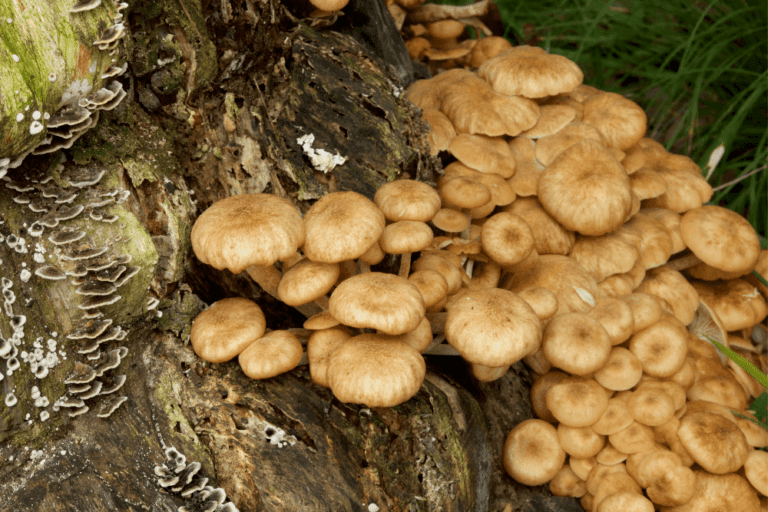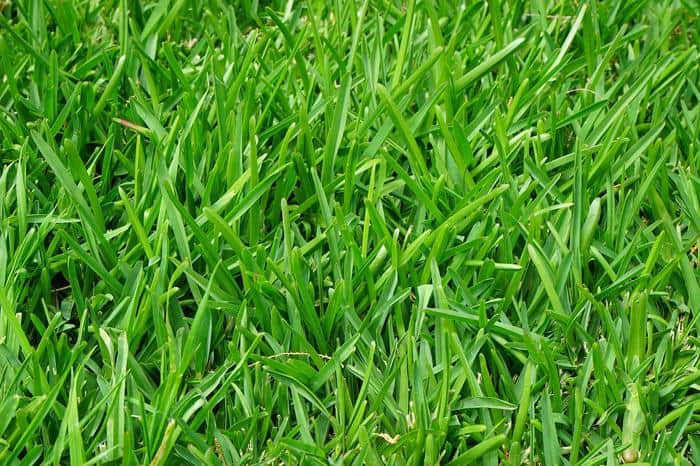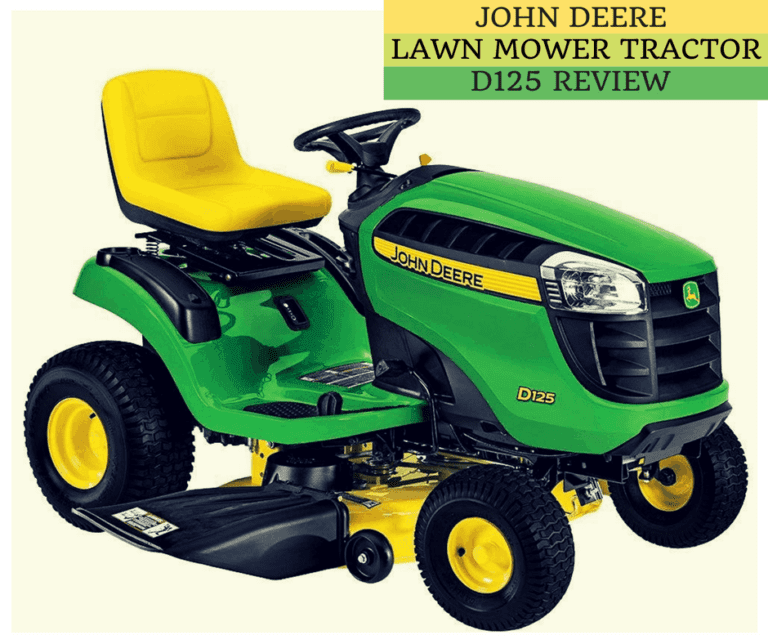Boost Your Garden with the Best Grass Seed for Overseeding
Cold-season grass varieties are best for overseeding, which is why we think one of the best grass seeds for overseeding is Jonathan Green Black Beauty Ultra Grass Seed Mix. Overseeding is a simple gardening technique that can help to keep your lawn looking its best over the years, even with day-to-day abuse or harsh weather conditions. A unique combination of tall fescue seeds, Kentucky bluegrass, and perennial ryegrass germinates quickly to fill in damaged areas of your lawn with a tough yet attractive coat of new grass. We love this mix, but here’s a list of some other favorites of ours.
Our Top Picks for Overseeding
[wptb id="8254" not found ]The Ultimate Guide to Overseeding
When your neighbor says that they’re overseeding their yard this weekend, it’s just a fancy way of saying that they’re going to spread new grass seed over their existing lawn. It’s a straightforward process that’s quick, easy, and can keep your lawn looking great year after year.
Choosing the Right Seed
Not every grass seed variety benefits from overseeding. The practice is primarily used on cool-season grasses:
- Kentucky bluegrass is a soft, dark grass variety that is known for its robust nature. It can handle foot traffic from pets, kids, and more, and is also resistant to extreme temperatures and prolonged droughts.
- Annual and perennial ryegrass varieties establish quickly and cover the ground with a fine, dense grass. Ryegrass seeds, especially annual varieties, are often mixed with other grass species when overseeding to improve your lawn’s durability.
- Fescue grass varieties are often used for overseeding. Fine fescue is a relatively delicate grass that should be mixed with other species to improve its survivability over the winter, whereas tall fescue seeds can be used on their own or in combination with bluegrass species.
- Bermudagrass is a warm-season grass that many households choose to overseed in the fall using a cold-season grass variety. This practice can keep a bermudagrass lawn from looking yellow and dry during winter months.
Which grass seed you choose to use when overseeding your lawn will depend heavily on where you live. Different regions have soil and temperatures that are better suited to certain types of grasses than others. Cool-season grasses tend to fare best in northern areas and at higher altitudes since they don’t handle heat and humidity as well as warm-season grasses.
You should also take into consideration how you’re planning to use your lawn when deciding which grass species is best for you. If your garden is the crowning gem of your home, you may be purely interested in the aesthetics of your lawn. If you run a busy family household, on the other hand, you may want to stick with a grass variety that is able to withstand daily wear-and-tear from kids, guests, and pets.
What are the Benefits of Overseeding?
If you’ve ever wondered how golf courses keep their grass looking so green and pristine, the answer is often that they over-seed on a regular basis. Overseeding is one of the best ways to improve your lawn quality, and it doesn’t take a whole lot of time or effort to accomplish. Simply adding new seed to an existing lawn can make it appear thicker, healthier, and greener. Overseeding in the fall will leave your lawn looking lush in the spring, and can even stem the growth of unwanted weeds.
It’s important to overseed cold-season grasses each year in order to maintain lawn quality and avoid dead patches. Mature grass begins to slow down its reproductive rate over time, meaning fewer new sprouts each spring. By adding new grass seeds into the mix each year, you can help to keep your lawn young and fertile.
How Should I Prepare My Lawn Before Overseeding?
The best time to overseed cool-season grasses is generally in the early fall. Soil temperatures are warm enough for seeds to germinate without issue, and cooler temperatures later on are ideal for mature grass growth. Overseeding during autumn months also means that you won’t have to deal with competition from summer weeds.
Before overseeding, you should take some time to make sure that your existing lawn is healthy enough to support new growth. Soil is the foundation of a vibrant lawn, and getting a standard soil test can help you determine if there are any problems with the composition of your yard. Testing your soil can even let you know which fertilizer would encourage the healthiest grass growth across your lawn.
It’s also important to mow your grass and aerate your soil before spreading new seed. A trimmed lawn allows seeds to make their way down to the dirt, while proper aeration provides safe and moist compartments in the soil for young seeds to grow and germinate. Once your soil is primed and ready to go, you can go ahead and sow your grass seed.
How Do I Maintain My Lawn After Overseeding?
Germinating seeds need plenty of moisture to survive, so after overseeding your lawn, you should water your grass at least two to three times each day. Just make sure not to overwater your young grass, as germinating seeds are susceptible to mold and other diseases that thrive in wet soil.
About six weeks or so after sowing your grass seeds, you should apply fertilizer. Your soil test will tell you what type of fertilizer you need to use to grow a lush, full lawn. You can apply a starter fertilizer to boost low phosphorus levels, or use a quick-release nitrogen fertilizer to encourage early growth. Whatever fertilizer you choose will depend on both the composition of your soil and the type of grass seed that you are using.
Once your young grass shoots have matured, you should return to a regular lawn maintenance schedule. Cut back on the amount of water that you’re using, and start mowing the lawn regularly when the grass is dry.
Our Recommendation: Jonathan Green Black Beauty Ultra Grass Seed Mix
Overseeding can help you to grow a thicker and more vibrant lawn, but your lawn’s vitality all hinges upon the grass seed that you decide to use. We recommend the Jonathan Green Black Beauty Ultra Grass Seed Mix for overseeding both cool-season and warm-season grasses. The seed mix includes a combination of fescue,
Kentucky bluegrass and perennial ryegrass that creates an attractive, dark green color for your lawn. All three seed varieties can grow on a variety of terrains, even germinating well in clay soil and sandy areas.
The perennial rye in the seed mixture germinates quickly, giving your lawn a healthier appearance in just a matter of weeks. A natural waxy coating on each blade helps to make the grass resistance to disease and pests, making your job easier when it comes to routine lawn care.
If you live in an area that experiences frequent droughts, this waxy coating can also prevent evaporation and help your grass to retain water so that you can get away with irrigating your lawn less often. You can help to save the environment, while at the same time saving on your water bill.
Photo by Jim Lukach licensed under CC BY 2.0



![Best String Trimmer Reviews of [year]](https://properlyrooted.com/wp-content/uploads/2022/10/best-string-trimmer-reviews.png)

What can i do my ponytail Palm all of the long hair leaves have fell off and the 4 nots were the leaves were are yellow but the tunk is good